10 Packaging Protection Tips to Prevent Product Damage
Explore top packaging protection strategies and materials to prevent product and shipping damage. Discover GUKA Packaging’s tailored rigid box solutions.
Contact Us now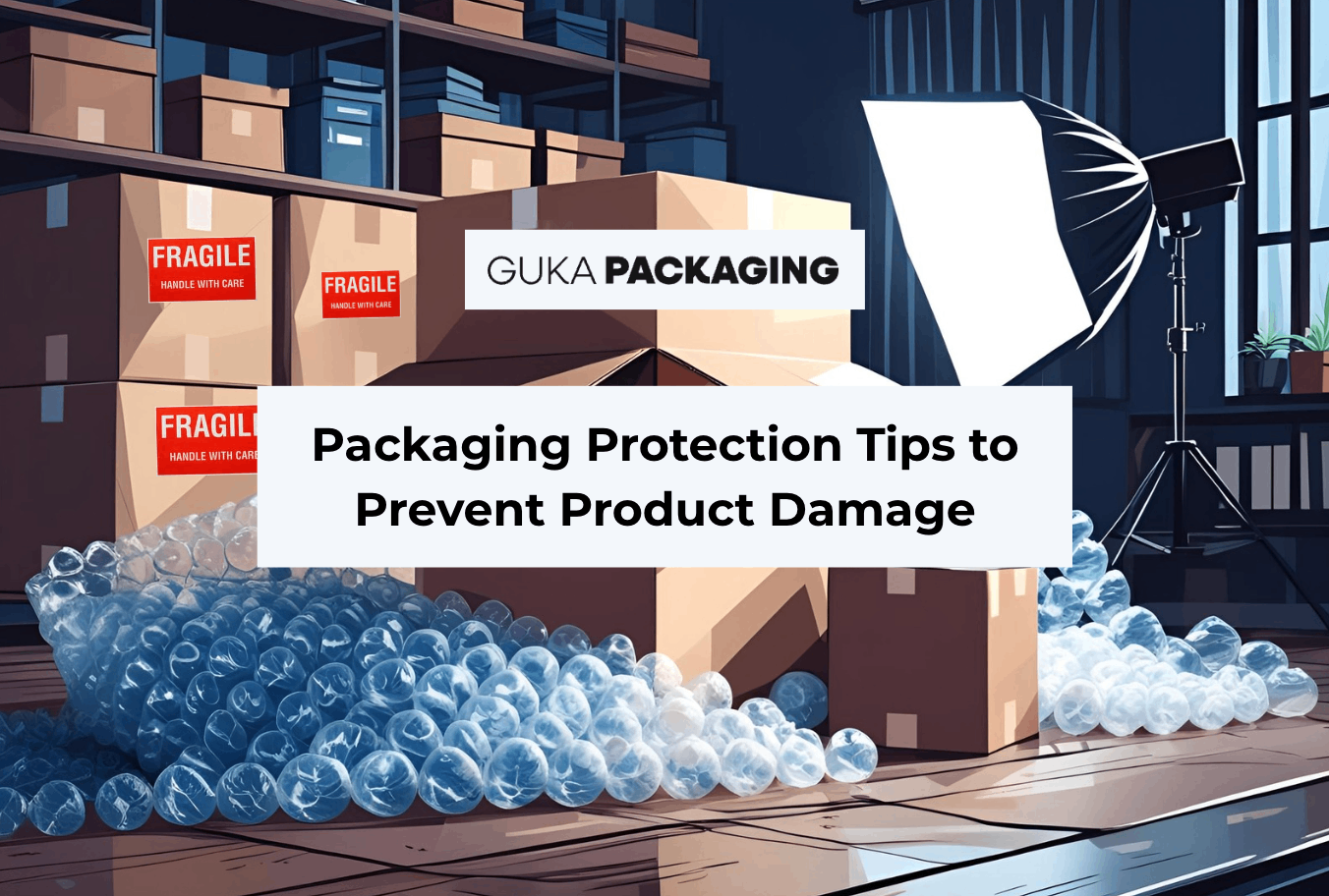
Table of content
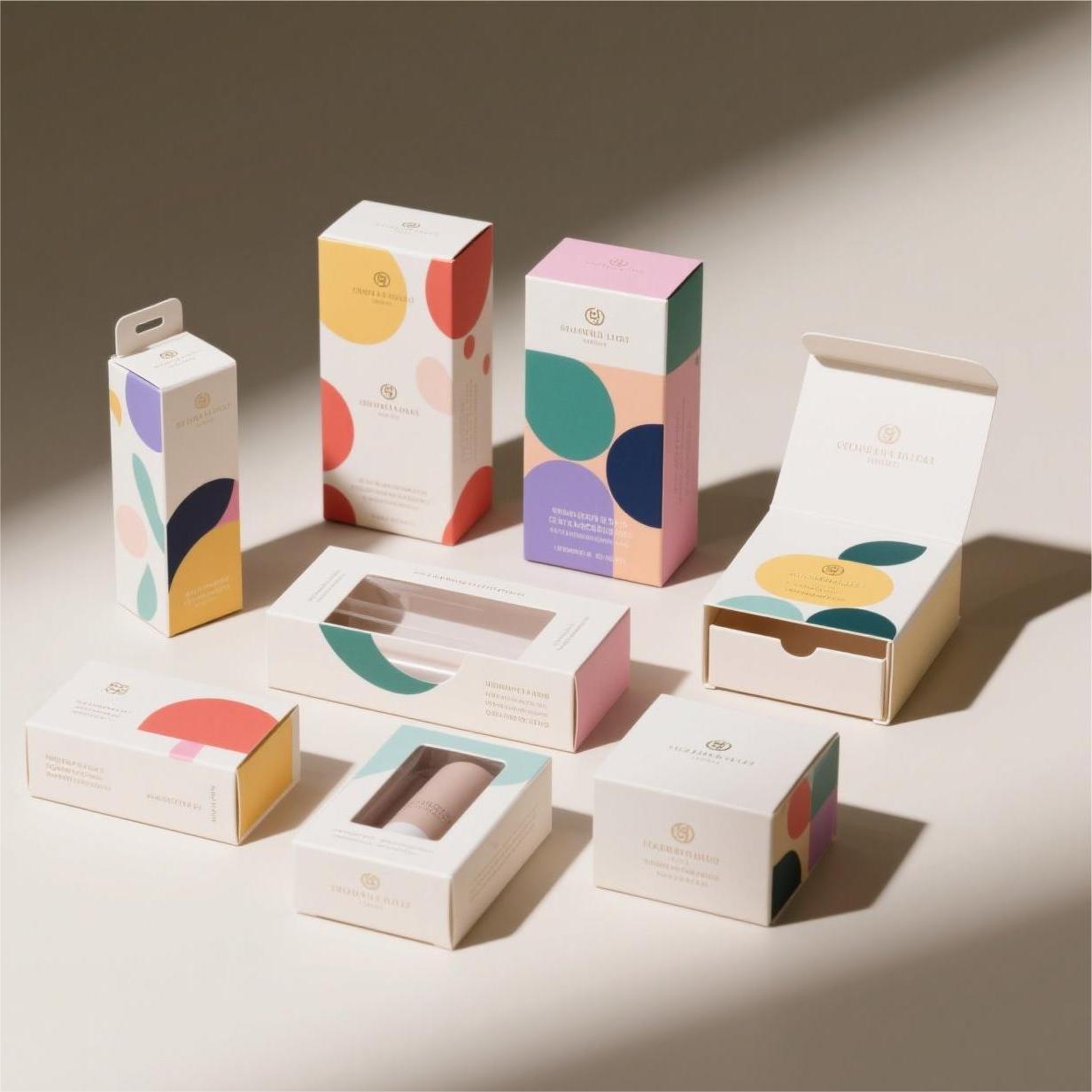
Ready to Elevate Your Brand with 100% Custom Box & Bag Solutions?
Get a Free QuoteWith the booming e-commerce industry, more and more businesses are realizing that product packaging quality and packaging protection directly impact the consumer shopping experience. Especially during express delivery, whether products arrive intact has become a crucial criterion for measuring the service quality of e-commerce platforms.
Unfortunately, product damage, shipping damage, and returns are challenges that businesses are most reluctant to face. These issues not only affect the consumer experience but can also lead to financial losses and harm brand reputation. So, how can businesses reduce damage and returns through appropriate, standardized, and effective protective packaging solutions?
Understanding Packaging Protection
What Is Packaging Protection?
Packaging protection refers to materials and strategies employed to shield products from physical harm, environmental factors, and mishandling during their journey from manufacturer to end-user. This encompasses cushioning, insulation, and structural support within the packaging design.
5 Common Types of Packaging Damage
- Crushing: Occurs when excessive weight is placed on the package.
- Impact Damage: Results from sudden jolts or drops.
- Moisture Exposure: Leads to swelling, warping, or mold growth.
- Compression: Due to tight stacking or overpacking.
- Theft or Tampering: Compromises products
3 Types of Protective Packaging Materials
1. Physical Protection Packaging
These materials absorb shocks and prevent movement within the package:
- Bubble Wrap: Offers cushioning and impact resistance.
- Foam Inserts: Custom-molded to fit products snugly.
- Air Pillows: Lightweight and space-efficient.
- Corrugated Inserts: Provide structural support and prevent shifting.

2. Plastic Protective Packaging
Durable and moisture-resistant options include:
- Polyethylene Bags: Protect against dust and moisture.
- Shrink Wrap: Secures products and deters tampering.
- Plastic Netting: Offers abrasion resistance and flexibility.
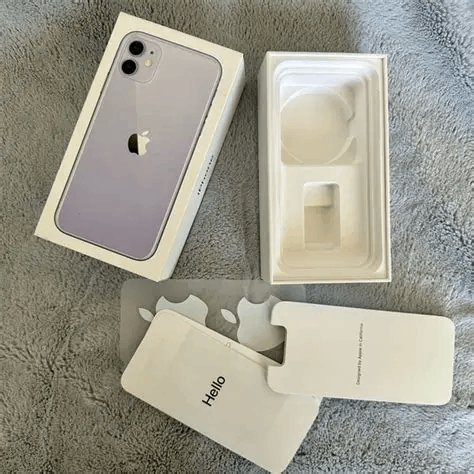
3. Paper Protective Packaging
Eco-friendly alternatives that provide cushioning and void fill:
- Kraft Paper: Recyclable and biodegradable.
- Shredded Paper: Lightweight and cost-effective.
- Paper Void Fill: Prevents movement and absorbs shocks.
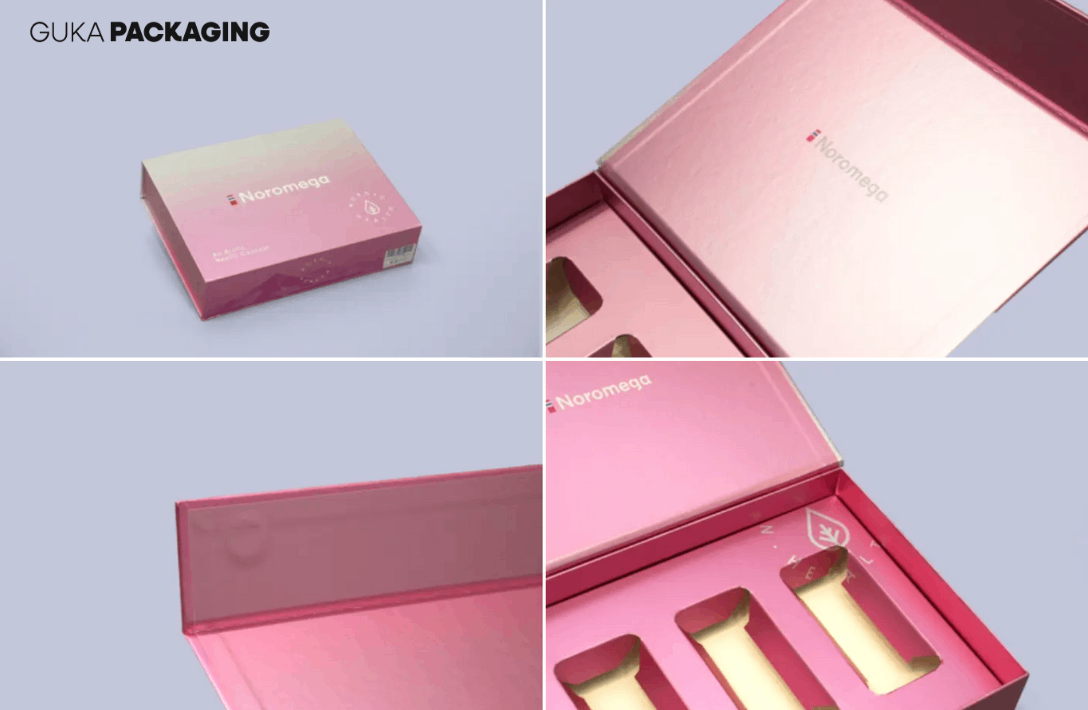
Industry-Specific Packaging Solutions
E-commerce
Custom-sized boxes and protective mailers reduce void space and minimize product movement, ensuring safe delivery.
Food & Beverage
Insulated packaging and moisture-resistant materials maintain product integrity and freshness during transit.
Cosmetics & Skincare
Rigid boxes and foam inserts protect delicate items from impact and environmental factors.
Electronics
Molded foam and anti-static packaging prevent damage from shocks and static electricity.
Apparel & Gifts
Stylish paper bags and folding cartons offer both protection and branding opportunities.

Preventing Shipping Damage: Best Practices
Ensuring that products arrive safely to customers is essential for businesses. Proper packaging protection not only prevents product damage but also enhances customer satisfaction and brand reputation. Here are some key practices to minimize shipping damage:
1. Choose Appropriate Packaging Materials
Choosing the right packaging materials is the first step to preventing damage shipment. For fragile items, select materials with strong cushioning properties, such as foam plastic, bubble wrap, and pearl cotton, which effectively reduce damage during transportation. For most products, sturdy cardboard or thickened corrugated boxes provide better protection, preventing items from being squeezed or hit during transit.
Additionally, consider the environmental friendliness of the materials. Eco-friendly options like recyclable and biodegradable packaging materials are becoming mainstream. They meet market demand, reduce environmental impact, and can enhance your brand image.
2. Design the Packaging Structure
A proper packaging structure is crucial to reducing breakage. Products should be securely placed in the box to prevent shifting during transit. Filling empty spaces with cushioning materials such as bubble wrap or foam beads ensures the item is surrounded by protective layers. Proper spacing reduces the risk of both product and shipping box damaged or the product being crushed.
For smaller or highly fragile items, double packaging is recommended: use a rigid outer cardboard layer with inner cushioning like bubble wrap or foam. This dual-layer design significantly improves product safety and reduces the likelihood of product damaged but shipping box ok situations.
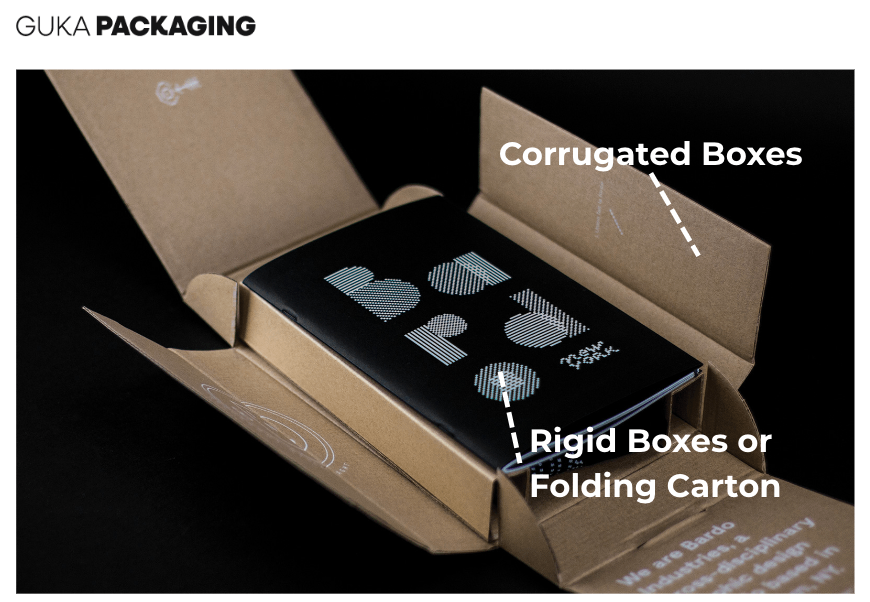
3. Consider the Courier and Transportation Environment
When selecting packaging materials, consider how items will be handled during shipping. Some couriers use automated sorting systems, which may expose packages to heavy impact. Long-distance transportation, rough roads, and repeated handling can also stress products. Use materials and designs that can withstand these conditions, including moisture-resistant options for sensitive products like food or cosmetics.
4. Mark Fragility
For delicate items, such as glassware, ceramics, or electronics, clearly label the package with “Fragile” or an appropriate warning symbol. Proper labeling encourages careful handling, minimizing product damage due to rough handling or improper stacking.
By following these practices—choosing the right materials, designing protective structures, considering transport conditions, and labeling fragility—businesses can effectively protect packaging and reduce costly returns and shipping damage.

GUKA Packaging: Tailored Solutions for Every Industry
At GUKA Packaging, we specialize in providing custom rigid boxes, folding cartons, sturdy corrugated boxes, and stylish paper bags tailored to various industries, including perfume, apparel, cosmetics, skincare, electronics, and more. Our solutions are designed to protect your products while enhancing brand presentation.
Explore our range of protective packaging solutions and find the perfect fit for your products. Contact GUKA Packaging today to learn more.
FAQ: Packaging Protection and Preventing Shipping Damage
Q: What is packaging protection and why is it important?
A: Packaging protection ensures products arrive safely, minimizing product damage and shipping damage, reducing returns, and enhancing customer satisfaction.
Q: How can I protect packages from damage during shipping?
A: Use sturdy boxes, protective packaging materials like bubble wrap, foam, or air pillows, fill empty spaces, consider double packaging for fragile items, and label boxes with “Fragile” when needed.
Q: What are the common types of packaging damage?
A: Typical types include crushing, impact or drop damage, moisture exposure, scratches, and tampering.
Q: Can eco-friendly materials still protect products effectively?
A: Yes. Recyclable and biodegradable materials, when properly used, provide excellent product protection packaging while supporting sustainability.
Q: What’s the difference between product damage and shipping box damage?
A: Sometimes the product is damaged but the box is intact, often due to insufficient internal cushioning. Both the product and box can be damaged if packaging materials or design are weak.
Q: Which industries benefit most from protective packaging?
A: Electronics, cosmetics, food and beverages (damaged food packaging), luxury items like perfume and jewelry, and e-commerce shipments of fragile goods.
Q: Where can I find reliable packaging protection solutions?
A: Companies like GUKA Packaging provide custom rigid boxes, folding cartons, corrugated boxes, and other protective packaging materials tailored for various industries.
Internal Links:
Recommended for you



.avif)
.avif)
.avif)
.avif)


.avif)
.avif)


.avif)
.avif)
.avif)
.avif)


.avif)
.avif)









